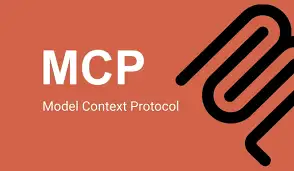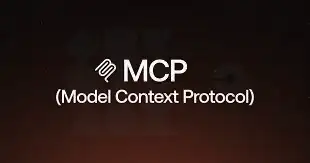MCP and AI Agents: Could They Be Enterprise Security Weak Spots? The Case for Continuous Penetration Testing

PenligentAI · 6, August 2025
MCP Protocol & AI Agent Context Interface
- Model Context Protocol (MCP) is an open standard launched by Anthropic in November 2024, aimed at standardizing how large language models (LLMs) interact with external tools, data sources, and services—sometimes called the “USB‑C port for AI” (Anthropic-MCP).
- It offers a JSON‑RPC–based interface allowing AI agents to invoke tools, query resources, or execute reusable workflow prompts. This interaction model is rapidly becoming the de facto way to connect agents with email, databases, file systems, and other internal services (model-context).

Why MCP + Multi‑Agent Architectures May Introduce Security Vulnerabilities
Permission Overreach & Misuse
- In MCP, agents may call deeply privileged tools such as file systems, email APIs, database interfaces, or shell commands. A malicious prompt injection or compromised tool description could lead to unauthorized actions—such as deleting files or exfiltrating sensitive data (MCP-Agent).
- MCP servers often store OAuth tokens and require elevated system privileges. A breach could grant attackers broad access, including remote command execution or credential theft (pillar.security).
Complex Attack Surface in Multi‑Agent Workflows
- Coordinated agents introduce chained attack paths. A single compromised prompt or poisoned tool can cascade, influencing other agents and workflow decisions (Model-context-Protocol).
- A recently documented attack—Preference Manipulation Attack (MPMA)—lets a malicious MCP server manipulate LLM behavior so it is preferentially selected, potentially diverting traffic to attacker-controlled endpoints (arXiv).
Lack of Ongoing, Automated Security Monitoring
- Many organizations treat MCP servers like traditional APIs: occasional manual testing or static audit only. There is minimal ongoing behavior‑based monitoring of agent decision flows.
- Open‑source tools like MCPSafetyScanner can automatically enumerate an MCP server’s tools, resources, and prompts, then generate adversarial samples, detect retrievable exploits, and output a safety report. But relying only on manual or intermittent audits is insufficient (GitHub).
Why Continuous Penetration Testing Is Critical
- MCP‑enabled agents form high‑trust chokepoints between AI logic and enterprise systems—those hops are often elevated and can act as stepping stones in complex attacks.
- Only by simulating active adversarial behavior—in real time, over time—can organizations detect hidden vulnerabilities, prompt injection attacks, or tool chaining misuse before a real threat actor does.

How Penligent.ai Can Safeguard the MCP Attack Surface
In environments combining MCP + multi‑agent frameworks, Penligent.ai delivers a complementary, adaptive safety layer:
- Offers 24/7 automated red‑team testing, targeting MCP servers and agent call chains to uncover misconfigurations, permission creep, or chain-of-action exploitation.
- Conducts simulated exploit paths, prompt fuzzing, chaining attacks, or tool misuse to verify agents act only within their authorized scope. It produces detailed reports with remediation guidance.
- Integrates with CI/CD pipelines or compliance frameworks (e.g. SOC‑2, ISO 27001), enabling continuous safety validation without disrupting operations.
Enterprise Security Best Practices
Enforce least‑privilege access policies for Agent tools using OAuth‑based authorization and declarative policy control—limiting scope wherever possible (arXiv).
Deploy an MCP Gateway with auditing and anomaly detection, centralizing logging of tool calls and identifying suspicious behaviors.
Regularly run MCPSafetyScanner or similar automated audit tools, complemented by intelligent Penligent.ai‑based penetration testing for real‑world exposure.
Embed security within broader compliance frameworks, following NIST zero‑trust principles, policy-based tool definition, signature verification, and audit trails integration.
Summary
While MCP and AI Agents significantly enhance enterprise automation and intelligence, their nature—high permissions, tool chaining, multi-agent coordination—transforms them into potential enterprise security weak spots. Without a layered governance approach—strict policy control, active auditing, and continuous penetration testing—those gaps may be exploited. A solution like Penligent.ai, which performs “AI‑driven testing of AI Agents”, is increasingly vital as organizations embrace agentic architectures.